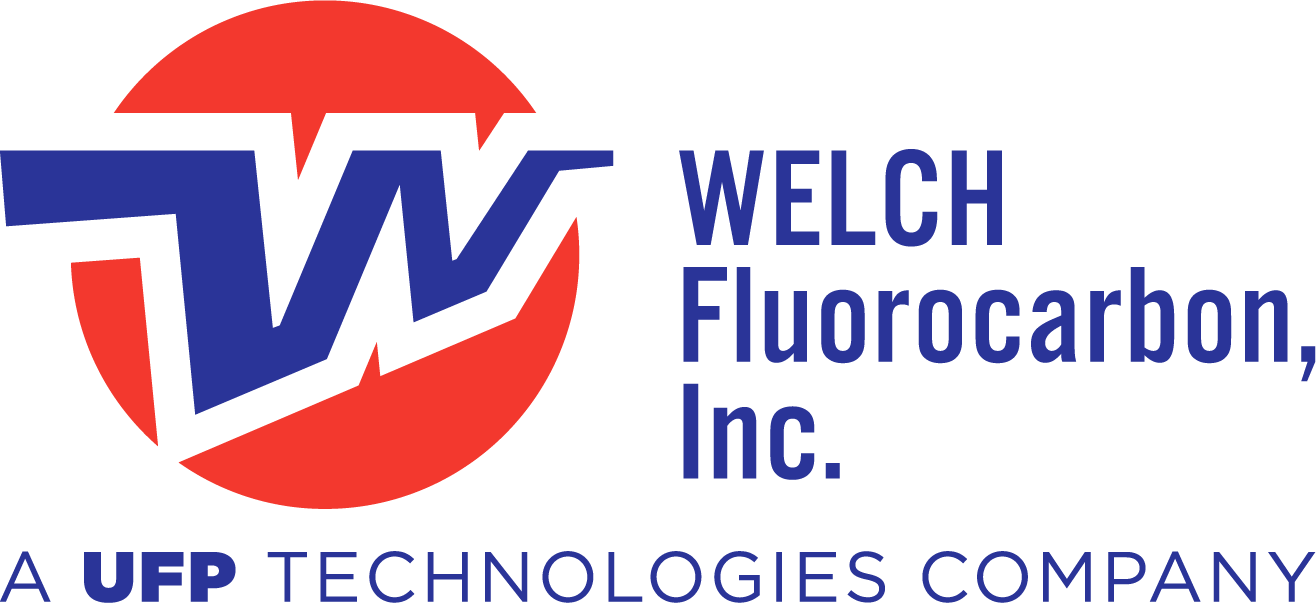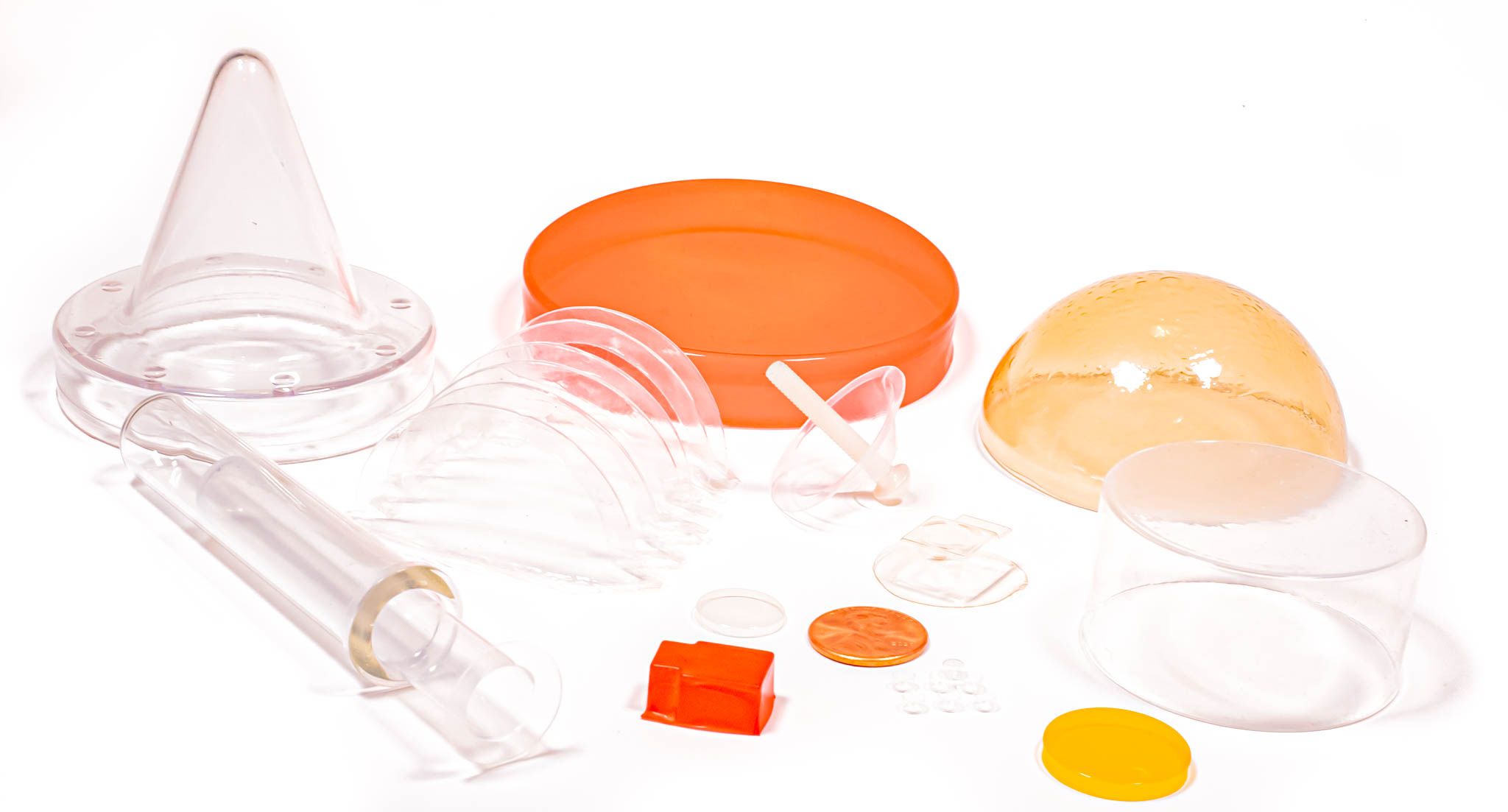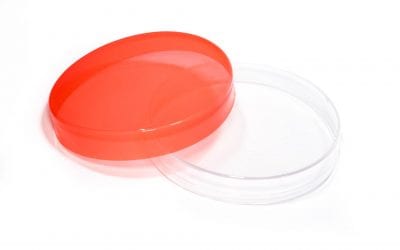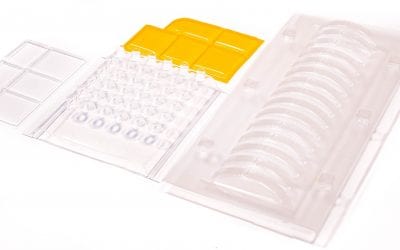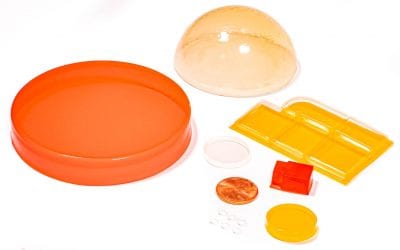In most industries, the use of manufacturing automation has grown dramatically in recent years. This isn’t something out of a Science Fiction movie. We use the word “automation” to define the use of automatic equipment (meaning using little or no human involvement) in the manufacture of products. Specifically, using computer-controlled motions which involve part handling, part inspection, and data gathering during the manufacturing process. This often includes, but is not limited to using, robots, vision systems, and centralized information control.
There are numerous advantages to automation and it has driven its usage and growth. Automation has demonstrated the ability to deliver higher levels of product quality, greater efficiencies in use of raw materials/energy, better safety to operators, improved plant utilization, lower product costs, and less dependence on finding sufficient amounts of skilled labor. An automated process is great at repeating tasks without getting fatigued or bored, providing outstanding repeatability in position or movement. Automated processes can move parts faster, more accurately, and in nearly perfect repetition. When tied to a vision system, they can also inspect the quality of a process step and make quick decisions about whether it is good or bad, providing quick feedback on quality.
This growth has also been accelerated by both the increased availability and lowering cost of automation technologies. There is a growing workforce available in the labor market that is able to both use such systems and design these processes. All this reduces the barriers to automation use in many manufacturing plants.
The medical device industry is significant to Welch and the similar trends are seen within our industry. Many medical device manufacturers are working towards longer device life (battery life), additional device capabilities, and cost control. These efforts involve putting more into existing device designs or shrinking the size of new designs and driving to less variation. This size reduction drives the need for tighter dimensional control, more complex features, smaller overall size, and the need for greater part quality/reliability. All this means devices are doing more while consuming a smaller footprint. The smaller sizes of devices is critical because it makes implantation less invasive and increases long-term patient comfort.
For Welch the interest in automation has been driven specifically by recurring customer requirements/requests that could not be satisfied by more traditional manual processes, asking for tighter dimensional tolerances on smaller features, shrinking part size, higher part volumes, and an expectation of higher levels of part cleanliness. Some products we make today would have been impossible for Welch to pursue without automation due to these trends.
Automation does have limitations, not every process justifies the use of automation. The technical challenge of implementing automation is easy to underestimate. There are some additional issues to consider before starting an automation project. Automated equipment is significantly more expensive to develop and have much longer lead times to develop (6 months to a year in most cases), when compared to less expensive, manual processes (< 3 months) that accomplish the same operations. Developing and automated a process is worth it only if the production volumes justify it.
At Welch we have several automated processes, some of them only automate a specific task or group of tasks, other processes are fully automated going from raw material to finished parts in a packaging tray after machine inspection. We often use PLCs (Programmable Logic Controllers) to drive machine motions and overall operation, with vision systems to inspect operational success. Motions are executed with pneumatics and/or stepping motors depending on the kind of control required. Pneumatics are great for simple digital motions, but stepping motors allow control not only of the motion positions, but also timing and force for more sophisticated or subtle actions.
For Welch, we will continue to apply automation into those circumstances that warrant it. Having an in-house machining capability has also helped this effort. Small part modifications can be made to components as assemblies are fit together and trialed. Engineering experience from past automation projects helps a great deal when considering new projects. This gives us greater development freedom as new programs are proposed to us and greater confidence that we can execute them as desired.
Welch takes great pride in developing automated processes in-house to meet our customer’s goals. Whether it is cost reduction, high demand or tight specifications, Welch can build a process to fit customer requirements. Regardless of if it is a new thermoformed component or even automating an existing process, feel free to contact the Welch team to discuss your project and requirements by either emailing us at [email protected] or calling us at 603-742-0164.
